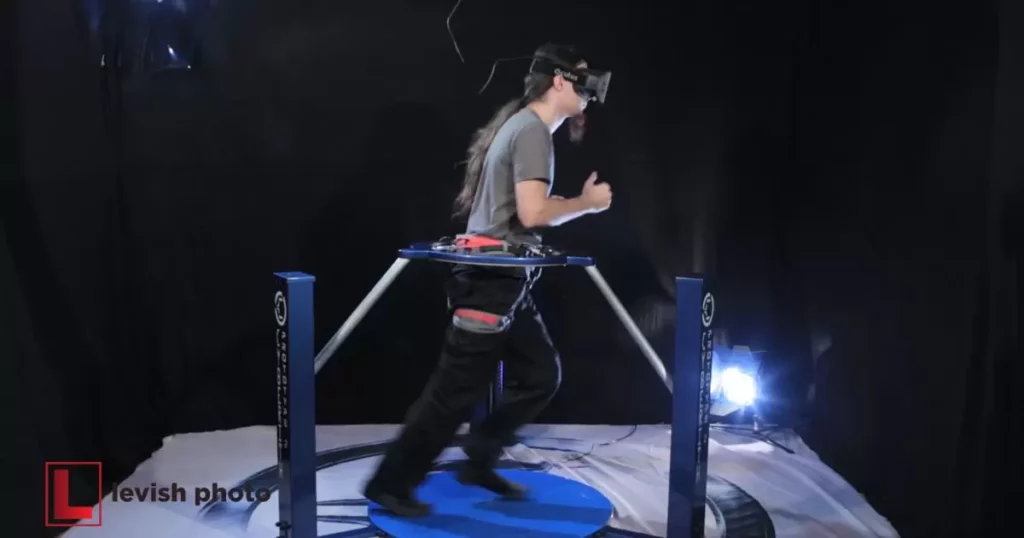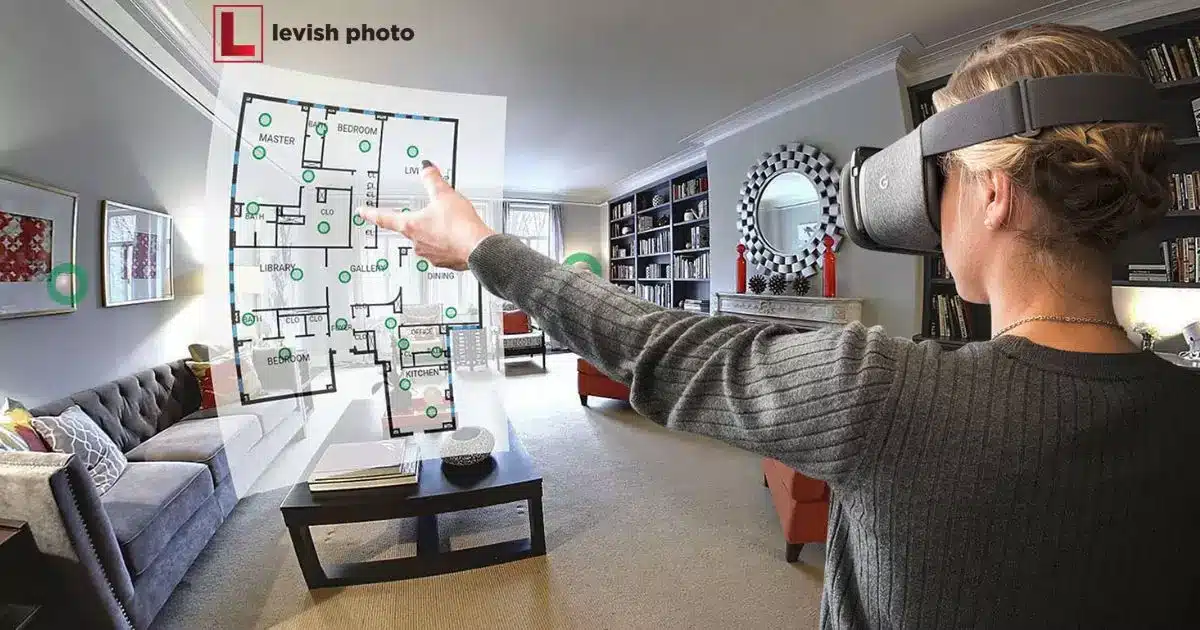Tour photography involves capturing images or videos to showcase a specific location or setting. It’s about visually guiding someone through an area, presenting its highlights and ambiance.
It’s more than just snapping pictures, it’s about crafting a narrative through visuals, enabling people to explore spaces virtually. Ever wondered, How to do virtual tour photography? This form of photography merges technology and creativity.
Virtual tour photography is a fascinating realm where images or videos are meticulously arranged to create an immersive experience. These tours enable individuals to virtually wander through spaces, whether it’s a house for sale, a historical site, or a scenic landscape.
Essential Equipment for Virtual Tours
To embark on virtual tour photography, having the right tools is key. A high-quality camera is a must; while a DSLR works wonders, newer smartphones boast impressive capabilities too. Invest in a sturdy tripod to ensure stability for clear, consistent shots.
Wide-angle lenses aid in capturing expansive views, while a 360-degree camera is ideal for immersive, panoramic shots. Don’t forget spare batteries and memory cards for uninterrupted shooting. Consider using a remote shutter release or timer for precise, shake-free captures.
Planning and Preparing Your Shoot
Before diving into your virtual tour photography, meticulous planning is crucial. Begin by scouting the location, noting prominent features and potential highlights. Develop a shot list or storyboard to organize your vision for the tour. The best time of day for shooting is to leverage natural lighting.
Prepare the space by decluttering and arranging elements to showcase its best attributes. Familiarize yourself with any restrictions or permissions needed for the location. You have backup plans in case of unexpected weather or technical issues. Planning ahead sets the stage for a successful virtual tour shoot.
Composition Techniques for Captivating Tours
Mastering composition techniques elevate the allure of your virtual tours. Start by incorporating leading lines that guide viewers through the space, drawing attention to key elements. Utilize the rule of thirds to create balance and interest in your shots. Experiment with different perspectives and angles to offer unique views of the location.
Pay attention to framing, using natural elements or architectural features to frame your shots and add depth. Lastly, consider the scale and proportion of objects within the frame to convey the space’s size accurately. Composition techniques wield the power to transform ordinary captures into captivating virtual tours.
Lighting Considerations for Virtual Tours
In virtual tour photography, lighting is key to capturing spaces in their best light—literally! Natural light is often preferred for its softness and authenticity, but it can vary throughout the day. To combat this, consider shooting at different times to showcase how spaces look in various lighting conditions.
Balancing light levels across different areas within a space is crucial. High contrast between bright and dark areas can make it challenging for viewers to appreciate the details. To address this, employing HDR (High Dynamic Range) techniques can help merge multiple exposures, ensuring both the shadows and highlights are well-detailed and visible.
Shooting and Capturing the Virtual Tour

When shooting for a virtual tour, consistency is key. Maintaining a consistent height and angle throughout the shoot ensures a seamless transition between frames, creating a natural flow for viewers exploring the space. Using a tripod can help achieve this consistency, allowing for stable and level shots.
A photography studio encompasses the entire space for a seamless shoot. Plan shots considering movement, taking multiple angles to capture every detail and essence.
Editing and Stitching Images/Videos Together
Editing plays a pivotal role in creating a cohesive virtual tour. Begin by organizing your captured images or videos and selecting the best ones that showcase the space effectively. Utilize editing software to enhance colors, contrast, and sharpness to ensure a visually appealing presentation.
Pay attention to consistency during stitching. Aligning the images/videos accurately and maintaining uniformity in lighting and perspective ensures a natural flow as viewers navigate through the tour. Transitions between frames are smooth and imperceptible, allowing for an immersive exploration of the space.
Adding Interactivity to Your Virtual Tours
To enhance the immersive experience of your virtual tours, consider incorporating interactive elements. Interactive features like clickable hotspots can be added to specific areas within your tour, allowing viewers to access additional information, images, or videos.
These hotspots serve as navigational tools, guiding users through the tour while providing engaging details about highlighted spots. Integrating a floor plan or map can aid users in orienting themselves within the space, ensuring a seamless exploration experience.
Hosting and Sharing Your Virtual Tours
Once your virtual tour is ready, selecting the right hosting platform is crucial. Numerous websites and platforms cater specifically to hosting virtual tours, offering features like customizable branding and embedding options. Consider platforms like Matterport, Roundme, or Google Street View for hosting your tours.
After hosting, sharing your tours across various channels, social media, websites, or email newsletters can significantly expand your audience reach. Sharing interactive snippets or teasers can entice viewers to explore the full tour, increasing engagement.
| Hosting Options | Pros | Cons |
| Dedicated Platforms | Specialized features, broader audience reach | May involve subscription fees |
| Social Media | Wide accessibility, shareability | Limited customization options |
| Personal Website | Complete control, tailored experience | Requires maintenance and promotion |
Marketing and Maximizing Impact
Marketing your virtual tours effectively can amplify their impact. Utilize SEO strategies by optimizing tour descriptions and titles with relevant keywords, making them easily discoverable online. Collaborate with real estate agents, tourism boards, or businesses to showcase your tours to their audiences, broadening your reach.
Leveraging analytics tools provided by hosting platforms can offer insights into viewer behavior, aiding in refining and improving future tours for maximum impact. Consider embedding tours within blog posts or articles related to the location or property to drive traffic and interest.
FAQs
What software is best for creating interactive virtual tours?
Explore options like Matterport, Klapty, and Kuula, which offer user-friendly interfaces for creating immersive and interactive virtual tours without requiring extensive technical expertise.
Can I create virtual tours with just a smartphone?
Yes, smartphones equipped with high-quality cameras and compatible apps or platforms like Google’s Tour Creator or Roundme can facilitate the creation of basic virtual tours.
Are there free platforms for hosting virtual tours?
Yes, platforms like Google Street View, Roundme, and YouVisit offer free hosting options, although they might come with limitations in terms of features and customization.
What are some effective ways to promote my virtual tours?
Utilize social media channels, and email newsletters, and collaborate with relevant influencers or websites to promote your virtual tours and reach a wider audience.
Conclusion
Virtual tour photography opens doors to endless possibilities for showcasing spaces and locations. By blending technology with creativity, it allows us to transport people to places they’ve never been, creating immersive experiences from the comfort of their screens. With the right equipment, techniques, and a touch of innovation.
In today’s interconnected world, the impact of virtual tour photography extends far beyond mere visuals, it’s a tool for businesses, real estate, tourism, and artistic expression. As technology advances and accessibility increases, the potential for creating and sharing these virtual experiences grows.
